Robust Systems in the 21st Century
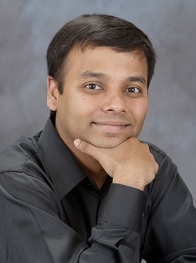
Subhasish Mitra
Stanford University, USA
Abstract:
Computing systems are an indispensable part of all our lives. Malfunctions in computing systems have consequences ranging from annoying computer crashes, loss of data and services, to financial and productivity losses, or even loss of human life. Such impacts continue to increase as systems become more complex, interconnected, and pervasive.
Hardware failures are especially a growing concern:
1. Existing verification methods cannot cope with today’s complexity, causing significant design flaws (bugs) and security vulnerabilities.
2. Today’s manufacturing test methods cannot meet the levels of thoroughness demanded by today’s (and future) systems.
3. For advanced silicon technologies, reliability failures, largely benign in the past, are becoming visible at the system level.
4. Beyond-silicon NanoSystems create new testing and reliability challenges.
These barriers appear at a time when end-users — from (autonomous) cars to the cloud — “really” care about robustness: design bugs, manufacturing defects, reliability, and security.
This talk will define golden opportunities for new approaches that overcome the above seemingly diverse problems at seemingly diverse scales. Robustness will then become an essential 21st-century system feature rather than a cost burden that was characteristic of 20th-century thinking.
Speaker Biography:
Subhasish Mitra is Professor of Electrical Engineering and of Computer Science at Stanford University. He is also the Associate Chair (Faculty Affairs) of Computer Science. Prof. Mitra directs the Stanford Robust Systems Group, leads the Computation Focus Area of the Stanford SystemX Alliance, and is a member of the Wu Tsai Neurosciences Institute. His research ranges across Robust Computing, NanoSystems, Electronic Design Automation (EDA), and Neurosciences. Results from his research group have influenced almost every contemporary electronic system, and have inspired significant government and research initiatives in multiple countries. He has held several international academic appointments — the Carnot Chair of Excellence in NanoSystems at CEA-LETI in France, Invited Professor at EPFL in Switzerland, and Visiting Professor at the University of Tokyo in Japan. Prof. Mitra also has consulted for major technology companies including Cisco, Google, Intel, Samsung, and Xilinx. His honors include the Harry H. Goode Memorial Award (by the IEEE Computer Society for outstanding contributions in the information processing field), Newton Technical Impact Award in EDA (test-of-time honor by ACM SIGDA and IEEE CEDA), the University Researcher Award (by the Semiconductor Industry Association and Semiconductor Research Corporation to recognize lifetime research contributions), the Intel Achievement Award (Intel’s highest honor), and the US Presidential Early Career Award. He and his students have published over 10 award-winning papers across 5 topic areas (technology, circuits, EDA, test, verification) at major venues including the Design Automation Conference, International Solid-State Circuits Conference, International Test Conference, Symposium on VLSI Technology, Symposium on VLSI Circuits, and Formal Methods in Computer-Aided Design. Stanford undergraduates have honored him several times “for being important to them.” He is an ACM Fellow and an IEEE Fellow.
Union Government Policies and Support for ESDM Startups
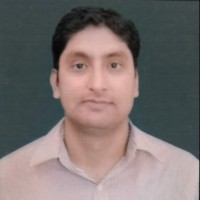
Nishit Gupta
Scientist-D, R&D in Electronics Group, MeitY, GoI
Abstract:
The talk focuses on the Union Government policies and support for Electronics System Design & Manufacturing (ESDM) startups in India.
Speaker Biography:
Nishit is working as Scientist ‘D’ in ‘R&D in Electronics Group’ at ‘Ministry of Electronics & information Technology’, Government of India since 2014 wherein he is involved in broadening the Microelectronics research base across the country. He also holds an additional charge of Director (Technical) at India Semiconductor Mission setup under Digital India Corporation of MeitY for coordinating Semiconductor related activities for Government of India.
Before joining MeitY, he has worked as Technical Leader in ‘Technology-R&D Group’ at ST Microelectronics for around a decade, wherein he was involved in developing and promoting System Level Methodologies around Transaction Level Modelling using SystemC, and SoC Architecture Analysis & Performance Evaluation at an early design phase.
For his activities at MeitY, he primarily deals in evolving programmes and schemes to support domestic start-ups and academic in order to catalyse the fabless chip design ecosystem in the country.
Computer vision applications

Srikanth Neelam
Senior Manager, AMD
Abstract:
Computer vision applications like face recognition, object detection, and action classification are seeing increasing demand in our day-to-day life. For the end-user performance is the key which will depend on the CNN architecture, speed, and accuracy. The talk will focus on different implementations of the CNN architecture on HW platforms and the challenges involved to productize the application. The author will also talk about how the FPGAs are suitable to realize dynamically reconfigurable CNN Co-processors favoring the wide spectrum of applications.
Speaker Biography:
Srikanth Neelam is working as Senior Manager in AMD and leading Graphics Design Verification team. His team works on Graphics/Compute IP Verification and Emulation. Srikanth has 21+ years of experience in Design Verification/Emulation/Validation & Platform design and has a Masters degree from BITS Pilani (Currently pursuing PhD in Reconfigurable Computing). Before AMD, Srikanth was associated with companies like Qualcomm/SoCtronics/Invecas.
Autonomous Vehicle Technology – Trends, Opportunities and Challenges in Hardware Design

Santhosh C. K.
Principal Engineer, Intel
Abstract:
The keynote covers the Autonomous vehicle technology trends, market opportunities for semiconductors and challenges faced during System-on-Chip designs.
Speaker Biography:
Santhosh has been in the industry for 20+ years. He has been leading the Automotive Chip Designs for the last 10 years. Most recently he delivered ADAS solution for L4/L5 market segment.
His expertise in Pre-Silicon design spans Arch/Uarch, Logic Design, Firmware and extends into Post-Si System Level. Santhosh holds Bachelor in Engineering from Periyar University, Salem.
Semiconductor Devices for Integrated Optical Solutions
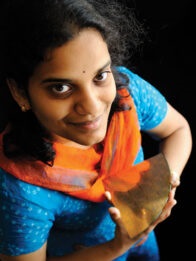
Usha Gogineni
Director of EDA
Austria Micro Systems (AMS) OSRAM, India
Abstract:
Optical sensors are ubiquitous in electronic equipment used in the consumer, automotive, industrial and medical fields. This talk will focus on the optical solutions in the consumer space, specifically proximity sensing, ambient light sensing, time of flight sensing and CMOS image sensing applications. We will discuss the semiconductor devices used in these applications, as well as the challenges involved in integrating these devices into traditional CMOS technologies. The author will also present a compact modeling approach that enables electro-optical simulation of the integrated system.
Speaker Biography:
Dr. Usha Gogineni is the Director for EDA (Electronic Design Automation) in ams-OSRAM, India. Her team develops novel solutions and methodologies for compact modelling, and analog and digital design enablement. Usha holds an MS degree from Auburn University and a PhD from Massachusetts Institute of Technology. Her professional interests include semiconductor technology development, reliability, compact modelling, and design enablement. Prior to joining ams, Usha was with Maxim Integrated, Bangalore and IBM Microelectronics in the U.S.
The way towards Autonomous Driving
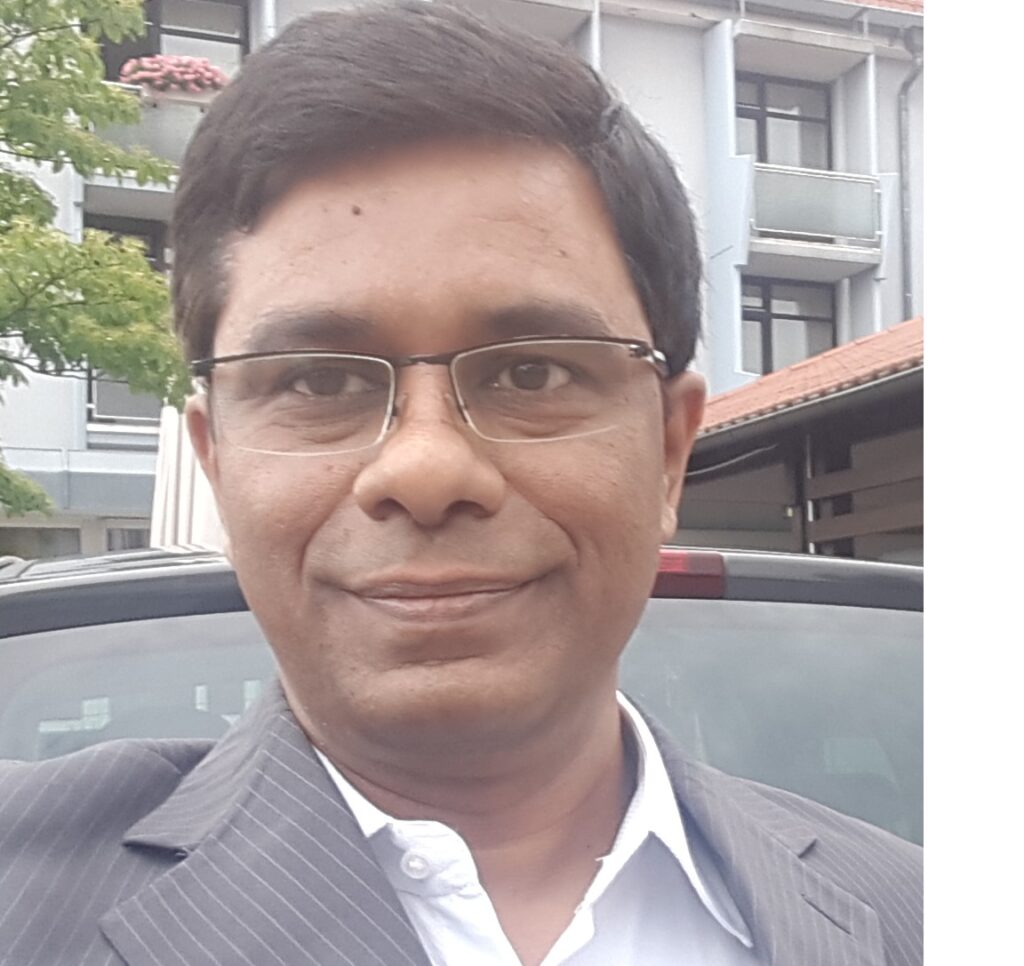
V S S Meher Pingali
Head of Information Technology & Digitalization
Robert Bosch, Mexico
Abstract:
Autonomous vehicles, what seemed to be a science fiction couple of years back, will be a reality sooner. New technologies like machine learning makes autonomous driving possible – a key for future mobility concept, which can reduce accidents due to human errors. Today’s vehicles are software intensive with millions of lines of code with multitudes of processing power. The way towards autonomous driving is not a path of flowers – has to overcome several challenges with respect to the technology, data, user, environment and legislation – require further research into these aspects.
Speaker Biography:
V S S Meher Pingali is an Electronics & Communication engineer with MBA (Finance) – have 30+ years of experience in electronics & IT industries – a developer of embedded applications for Electric Locomotives, Automotive sector – Climate control, Driver Information System, Car Navigation and multimedia – extensively worked in the areas of Product Engineering, Techno-commercial applications, Digital Transformation, IT Infrastructure, Project / Program management and people management.
Implementation Perspective of Smart Systems in Cities & Utilities
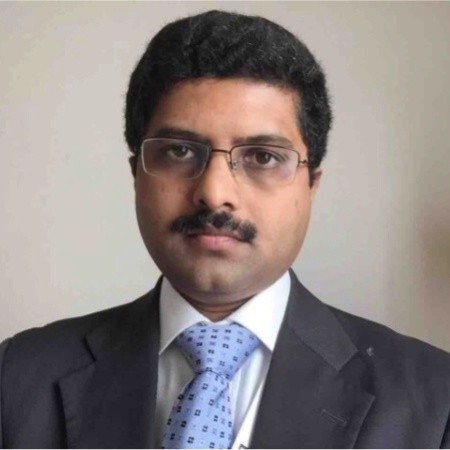
J V S Ramakrishna
Chief Technology Officer – Safe & Smart Cities and Head Strategy
L&T Smart World, India
Abstract:
A smart city is a framework, predominantly composed of Information and Communication Technologies (ICT) to address growing urbanization challenges and develop infrastructure that can provide safety, security, efficient health services, and economic growth to its citizens using smart technologies & data analysis. Smart utilities are also one of the fundamental parts of smart cities that combine the design and implementation of intelligent systems for electricity, water, and natural gas in addition to tens of different assets like public transportation, healthy environment, water, sanitation with key principles of the “green economy.”
Speaker Biography:
J V S Ramakrishna has around 25 years of experience in Technology, Strategy, Business Development, P&L leadership, Global delivery and building high-performance cross-domain teams. JVS has worked in the UK, South Africa, Japan, the US, and India.
In his current role as a Chief Technology Officer – Safe & Smart Cities and Head Strategy at L&T Smart World business solving complex problems of both the physical and digital world leveraging, IoT, AI, Digital, Big Data and communication technologies including 5G. JVS is currently holding responsibility of a Vice-chair for the IEEE-IAS Madras chapter.
Earlier to this role, JVS was Chief IT Officer at Hyderabad Metro to provide tech leadership to greenfield metro rail from strategy, architecture, digital transformation, IoT and delivery perspective of $4Bn world’s largest metro infra project. At LTI, JVS took various roles from technology, operations to business leadership spanning 16 years. He was also a Country Head and Area Vice President in South Africa in charge of greenfield businesses in the African region (South Africa, Tanzania, Mozambique, and Malawi) growing it to one of the most profitable regions.
Industry 4.0 and Future of Jobs
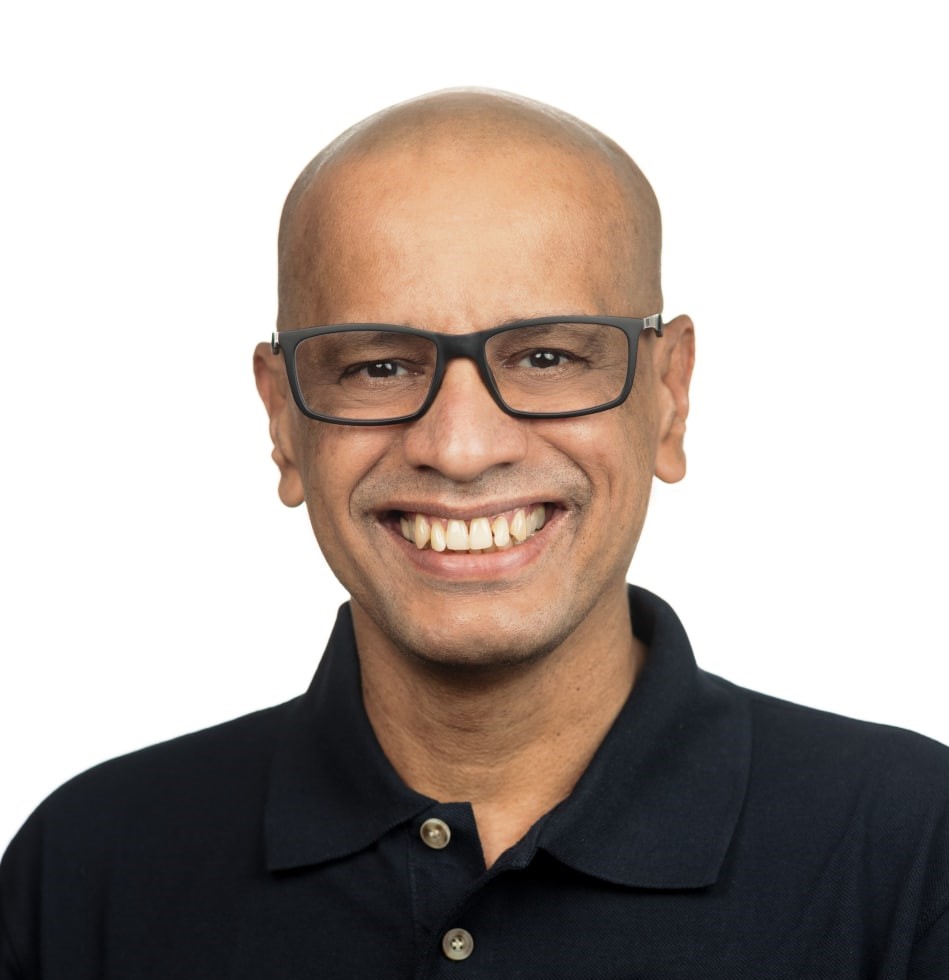
Prahlad Vadakkepat
National University of Singapore, Singapore
Abstract:
The fourth industrial revolution, namely Industry 4.0, is a buzz word lately. Industries have established R&D processes, plant operations, supply chains and technologies. Now the industries need to change and improve the sets of processes to remain competitive. Industry 4.0 is a broad term involving modern technologies and processes that can integrate, replace or improve legacy technologies and processes leading to improved productivity. With improvements in productivity and efficiency, the carbon footprint will reduce which in turn will contribute towards sustainability.
Internet of Things, Artificial Intelligence, Robotics and Automation are transforming industries to cyber physical systems. With historical data and insights along preventive maintenance, the entire production line can be visualised, and decisions can be taken autonomously. When industries embrace the Industry 4.0 transformation, skill sets in AI, IoT, Robotics and Automation will dominate, while certain typical job profiles ceasing to exist in the next 5 or 7 years. As per the World Economic Forum report 2020, by 2025, 85 million jobs may be displaced by a shift in the division of labour between humans and machines. However, some 97 million new roles may emerge that are more adapted to the new division of labour among humans, machines, and algorithms.
Increased awareness about Industry 4.0 and sustainability is essential and school curricula need changes to prepare graduates who are future ready. It is hoped that AI, IoT, Robotics and Automation will contribute towards paving the way for a better tomorrow for all. This talk will focus on Industry 4.0 related technologies and the challenges faced by Industry and ahead. That in turn can highlight the need for changes academia and research to prepare for a unique tomorrow.
Speaker Biography:
Dr. Prahlad Vadakkepat, a Professor at the National University of Singapore is the founder secretary of the Federation of International Robot-soccer Association and was its General Secretary during 2000-16. Dr. Vadakkepat has over 3 decades of research expertise in Artificial Intelligence and Robotics. His translational research had led to several start-ups in Robotics, AI and 3D printing in Singapore and India. He is an advisor to the Indventr consortium developing affordable emergency care ventilators during the COVID-19 pandemic.
Dr. Vadakkepat is the Editor-In-Chief for the Springer Reference Book on Humanoid Robotics. He is an associate editor of the International Journal of Humanoid Robotics. His Humanoid robots and robot soccer teams have consistently won several international prizes. He was the general chair to the FIRA Robot World Cup & Congress Singapore 2005 & Bangalore 2010, and General Program Chair to FIRA Robot World Congress Incheon.
He heads a residential college in NUS, where proactive pastoral care, mentoring and leadership training are pursued. He is connected to the grassroots through the Frugal Innovation trips to villages in India, Indonesia, and Cambodia. He has produced a full-length feature film in Malayalam language which has received accolades at international film festivals.
Evolution of Future Telecommunications In Space for Inter-Planetary Communications using AI and Deep Space Machine Learning
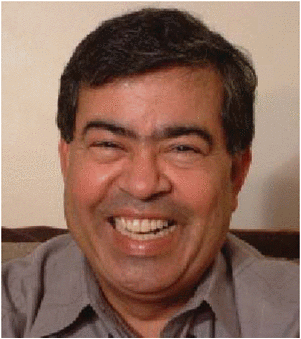
Dhadesugoor R. Vaman
Regents Professor (Retd.)
Texas A&M University System
Abstract:
The presentation provides insight into several aspects that pertains to building future systems, implementation of smart algorithms for high-speed systems and next generation “Deep Space Telecommunications Infrastructure”. The critical issues include: How to conceive new ideas in building smart electronic systems, how to go about implementing smart algorithms and futuristic deep space infrastructures.
To achieve success in the smart arena, we need to understand the design strategies for significantly high-speed systems and deep space communications. For robustness and reliability, there is a need to develop Artificial Intelligence and Machine Learning techniques to manage deep space networks. The high speed hardware requires low noise floors to increase data rates. It is expected each hardware for different algorithms involve inclusion of an FPGA and DSP processors and transport the MATLAB software codes converting them to VHDL language.
The design strategies are significantly different for high-speed data transport systems over conventional systems. The components that are considered for design is improving the spectral efficiency, channel compensation techniques and Neural Network Based Matched Filter. As the data rates are increased, the hardware that uses FPGA and DSP processors require changes to improve data recovery under channel distortions.
This Key Note provides some insight into this evolution in hardware and deep space network implementation strategies.
Speaker Biography:
Dhadesugoor R. Vaman has retired from DRJ Telecom and Texas A&M University System. He was Texas A&M University System Regents Professor and Texas Instruments Endowed Chair Professor. He also retired as Chief Executive Director of DRJ Telecom L.L.C. He has more than 52 years of research, project management and executive management experience in the field of telecommunications and data networking. Currently, he is working on deep space communications with integrated Artificial Intelligence and Machine Learning; advanced robust, reliable and scalable wireless and Mobile Ad Hoc Network (MANET) architecture design; and algorithmic designs of communications components for High-speed data transport. He is also advising industry and academia for high quality research and design innovations. Previously, he was the Chief Technology Officer of DcT Corporation in Virginia where he developed a patent protected high-speed communications system with high spectral efficiency.
He implemented this technology for deployment in VDSL and WiFi infrastructures. The technology is based on limited RF carriers multiplexed over a given channel bandwidth which processes baseband modulation. The technology known as “Kelquan” delivers full duplex 480 Mbit/s up to 1000 ft. of telephone wire and full duplex up to 80 Mbit/s on 5000 ft. telephone wire. The product has been fully tested on the test-bed as well as real networks. It also supported Full duplex 1 Giga Bit/second for 100 meters of VHDL Link (IEEE 802.15 ac) It has been transferred for manufacturing and deployment to an outsource Company. Commercial name may be different, but is applicable to 1 Gbit/s data operation on IEEE 802.15ac and VDSL2 channels. The product is based on Dr. Vaman’s “Pioneer” patent which was co-authored with late Elliot Gruenberg and issued in 1999. Dr. Vaman also implemented Orthogonal Frequency Division Multiplexing (OFDM) which is used in 5G LTE, Wireless and VDSL infrastructure for achieving high speed data transfer rates. This was required to compare the actual implementation of “Kelquan” with the implementation of OFDM. Even though, theoretically, OFDM can increase unlimited data transfer rate, it is limited by high Peak to Average Power ratio that limits its performance. The power spectral efficiency is limited to less than 10 while the standard expects over 15. Kelquan with limited carriers can achieve better performance over that of OFDM. Both technologies coexist in wireless and wired networks. More recently, he has been working on supporting protocols and distributed network management systems for deep space communications using HF signals. He is also working on access protocols for Mobile Ad Hoc Networks (MANET) for increasing the throughputs.